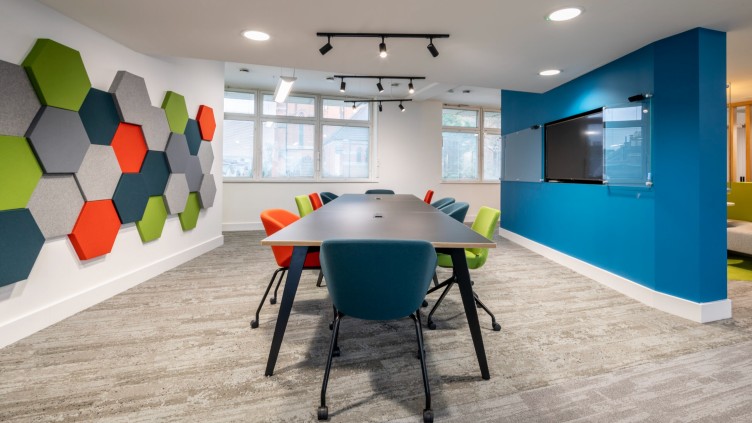
Are you tired of dealing with poor sound quality in your open-plan office or living space? Acoustic design could be the solution you’ve been looking for. By strategically incorporating elements that enhance sound absorption, diffusion, and insulation, you can create a more pleasant and productive environment. In this article, we will explore the importance of acoustic design and how it can significantly improve sound quality in open-plan spaces.
What is Acoustic Design?
Acoustic design is the process of planning and creating spaces that optimize sound quality. This involves considering factors such as noise control, reverberation, and sound insulation to create an environment that is acoustically comfortable. In open-plan spaces, where multiple activities may be taking place simultaneously, acoustic design plays a crucial role in ensuring that sound levels are appropriate and that distractions are minimized.
The Importance of Acoustic Design in Open-Plan Spaces
In open-plan spaces, sound can easily travel from one area to another, resulting in a noisy and disruptive environment. This can negatively impact productivity, concentration, and overall well-being. By implementing acoustic design principles, such as sound-absorbing materials, sound diffusers, and sound masking systems, you can create a space that is conducive to work, collaboration, and relaxation.
Benefits of Acoustic Design in Open-Plan Spaces:
- Improved concentration and focus
- Reduced stress and fatigue
- Enhanced privacy and confidentiality
- Increased productivity and efficiency
Key Elements of Acoustic Design
When designing an open-plan space for optimal sound quality, several key elements should be considered. These include:
- Sound Absorption: Using materials such as acoustic panels, ceiling clouds, and sound-absorbing furniture can help reduce echo and reverberation, creating a more comfortable and quiet environment.
- Sound Diffusion: By strategically placing sound diffusers throughout the space, you can break up sound waves and scatter them more evenly, reducing the perception of noise and creating a more balanced sound environment.
- Sound Insulation: Insulating walls, floors, and ceilings with soundproofing materials can help prevent sound from traveling between different areas, enhancing privacy and reducing distractions.
- Sound Masking: Installing sound masking systems that emit a low-level, ambient background noise can help mask speech and other distracting sounds, creating a more acoustically comfortable environment.
Conclusion
In conclusion, acoustic design is a critical aspect of creating a comfortable and productive open-plan space. By implementing sound-absorbing materials, sound diffusers, sound insulation, and sound masking systems, you can significantly enhance sound quality and create a more pleasant environment for work, collaboration, and relaxation. Whether you’re designing a new office layout or renovating your living space, consider the benefits of acoustic design in optimizing sound quality and improving overall well-being.
